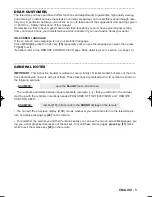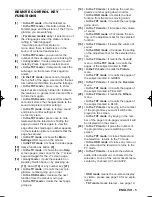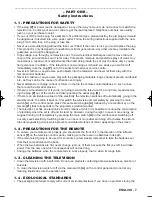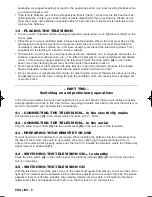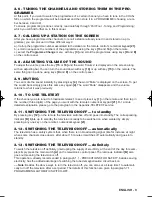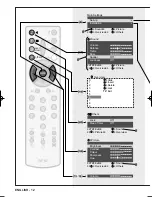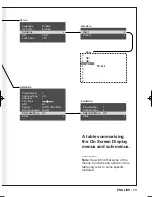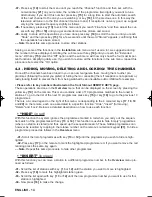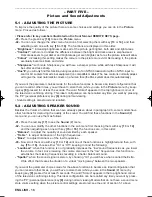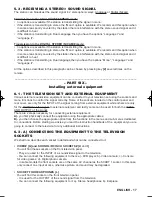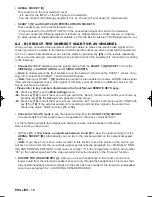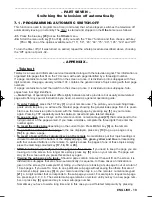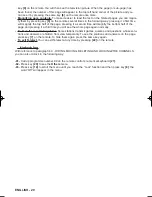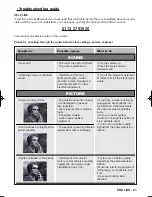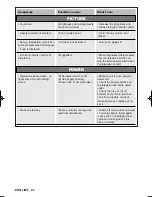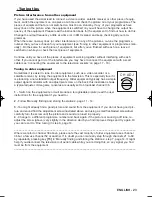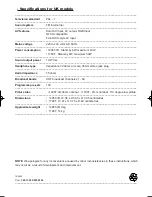
5.3 - RECEIVING A STEREO# SOUND SIGNAL
The station can broadcast the sound signal in 2 stereophonic ways: Analogue or Digital (Nicam)
Transmission in the ANALOGUE STEREO# mode:
• no options are available if the station is transmitting the signal in mono;
• if the station is transmitting in stereo the “Mono” option is available. We recommend this option when
in some areas poorly covered by the station there is interference with the stereo sound signal and it
is difficult to hear.
• if the station is transmitting in Dual Language then you have the options “Language I” and
“Language II”.
Transmission in the DIGITAL STEREO (NICAM)# mode:
• no options are available if the station is transmitting the signal in mono;
• if the station is transmitting in stereo the “Mono” option is available. We recommend this option when
in some areas poorly covered by the station there is interference with the stereo sound signal and it
is difficult to hear.
• if the station is transmitting in Dual language then you have the options “Mono”, “Language I” and
“Language II”.
All the options described in this paragraph can be chosen by pressing key [2] several times on the
remote.
–––––––––––––––––––––––––––––––––––––––––––––––––––––––––––––––––––––––––––––––––––
– PART SIX –
Installing external equipment
6.1 - THE TELEVISION SET AND EXTERNAL EQUIPMENT
Various external sound/video equipment can be connected to your television set using the sockets and
menu functions to control the signal correctly. Some of the sockets, located on the control panel and
rear cover, are only for the INPUT of the signal coming from external equipment while others are only
for the OUTPUT of the signal to external equipment and lastly some can be used for both the INPUT
AND OUTPUT of the signal.
There are 2 steps necessary for connecting external equipment:
A)- you first physically connect the equipment using the appropriate cables;
B)- you then choose the appropriate option from the functions in the menus and sub-menus dedicated
to connections. Before starting we advise you read the instruction handbook of the equipment you are
going to connect to the television for any additional instructions.
6.2 - A) CONNECTING THE EQUIPMENT TO THE TELEVISION
SOCKETS
We shall now describe each socket in detail and what can be connected to it:
• VIDEO# [G] and SOUND L/R CINCH SOCKETS# [H and I]
You will find these sockets on the front television panel.
- They are used for the INPUT of a sound/video signal to the television.
- You can connect the following equipment to them: a)- DVD player; b)- Video camera; c)- Console
for video games; d)- Digital photo camera.
- In some models the front sockets are on the same AV channel as the SCART 1 socket. In this case
only connect one input at once, otherwise picture and sound may be degraded.
• SOCKET FOR HEADPHONES [L]
You will find this socket on the front television panel.
- It is used for the OUTPUT of the sound signal from the television.
- You can connect the following equipment to it: a)- Stereo headphones; b)- Earpiece.
ENGLISH - 17
Testo del man. SWING (UK) 14-10-2002 9:41 Pagina 17

